Exercise not only improves physical health, but also reduces depression and delays dementia; but excessive exercise may make the body grow older faster. "It's good to have the right exercise." Chen Zhaorong, a doctor at the rehabilitat...
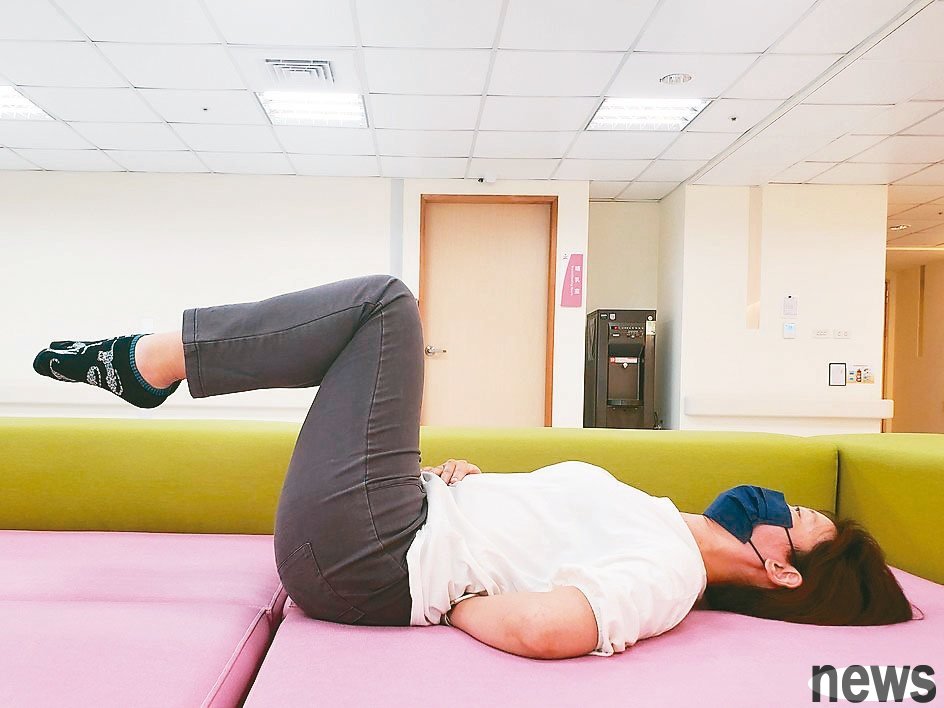
Exercise not only improves physical health, but also reduces depression and delays dementia; but excessive exercise may make the body grow older faster. "It's good to have the right exercise." Chen Zhaorong, a doctor at the rehabilitation department, said that excessive exercise will cause the body to produce too many free radicals. Too many free radicals can easily harm the body, and the mortality rate will be higher. In addition, the ratio of palm arrhythmia in the three choices of marathon and iron man is high because excessive heart load produces scar tissue, resulting in arrhythmia and prone to sudden death.
If you just want to take a soft rest after the exercise, it means that the exercise may be excessive.
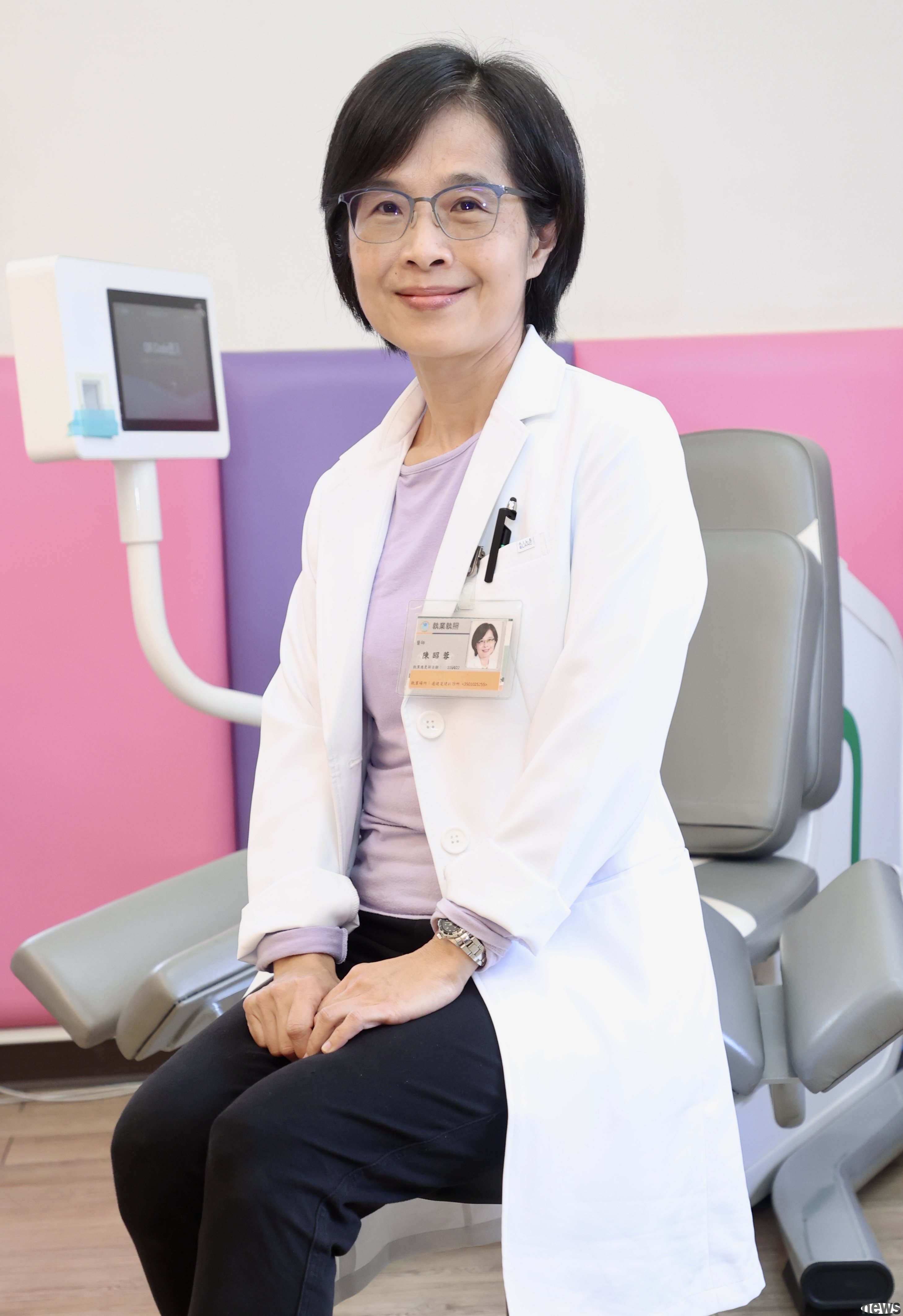
How do people know if they are over-move? Chen Zhaorong said that by evaluating the feeling after exercise, it should be comfortable after exercise, and only the next day of pain; but if you feel soft after exercise and just want to rest, it means you have been active.
Sports are mainly divided into four major types: aerobic, muscle strength, stretching, and balance. Chen Zhaorong said that in the youth age, only attention should be paid to avoid sports injuries, but when the years grow, the importance of balance increases, and coupled with cardiovascular problems and muscle loss, the elderly should start with a small amount of sports with low strength. She reminded that weight training is prevalent and many seniors try to go to the gym to exercise, but they must measure their abilities, which equipment can be used and which cannot be used, otherwise they will be easily injured.
Quick walks and medium-strength movements, and do 150 to 300 minutes a week.As for the short exercise time, Chen Zhaorong suggested that each person should have 150 to 300 minutes of medium-strength exercise per week, such as brisk walking, simple dancing, etc., or high-strength exercises of 75 to 100 minutes, such as running, mountain climbing and other vigorous exercises. She said that if you walk 30 minutes quickly, you can reach the bid in 5 days of a ceremony.
Chen Zhaorong said that the strength of sports can be used as a simple judgment basis. High-strength exercises such as running without any effort, and although you can talk to each other when walking quickly, you cannot sing; low-strength exercises such as walking, doing housework, etc., still have plenty to sing, but because of their low strength, they cannot be included in the weekly exercise time. She believes that "no time to exercise is definitely not a reason." When watching the TV, you can stand still, stretch with a elastic belt, use a water bottle or a calves to do muscle exercise, etc.
Good muscle training can support the severity and increase the desire for sports.Health is closely related to muscles. When the muscles are not supported enough, it will cause pain. When the pain is caused, you don’t want to walk, which makes the muscles stronger and form a vicious circle. Chen Zhaorong said that the junction is covered by muscles and junction, and the junction is stable and stable. The junction will grow and relax with age, but the junction cannot be trained, so the junction needs to be protected by muscles. The first step to breaking the evil cycle is to train the muscle strength of the joints first, and then the muscles are completely covered with the joints before they can increase their desire for movement.
You should not relax when standing or sitting in daily life, so you should pay attention to whether you are lying on the back. Chen Zhaorong said that the abdominal muscles should be used force, and the feeling should be retracted inward, the core strength should be raised up, and the posture should be maintained to avoid standing in three to seven steps to make the spine appear in bad posture. However, the posture is usually difficult to maintain and sometimes you can relax your feet, but you must "change your feet" to avoid excessive pressure concentration on one side.
Home training for muscle strength and balance movement1. Lying in the lower limbs, lying flat, stretching your knees straight up, maintaining for eight to ten seconds, repeat four times and then changing your feet.. If the bed is too soft, it is recommended to lie on the yoga pavilion.
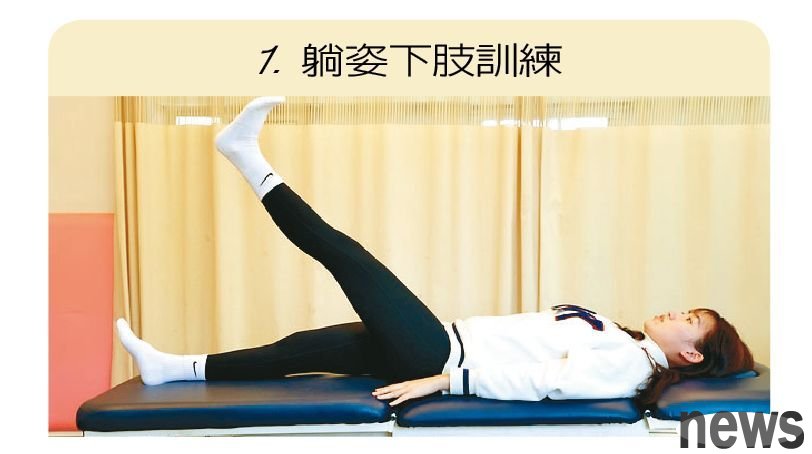
2. Put down your right hand and left foot for eight to ten seconds before changing, and do it four times each time.
. If the back is too arched, it will stop.
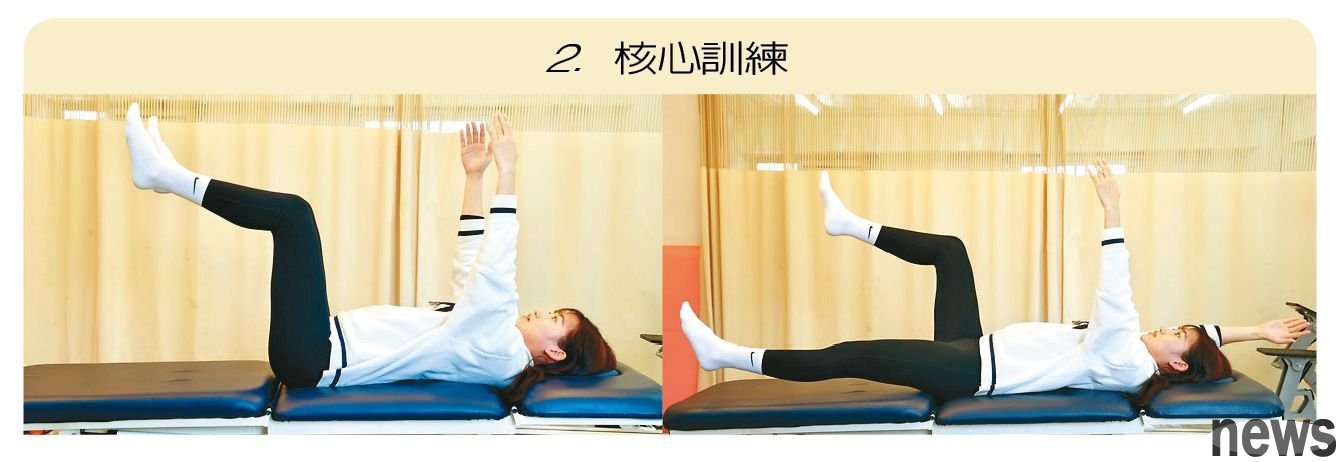
2. For advanced movements, you can put your hips on your hips, land your feet on the ground, and squat with your bow and arrows.
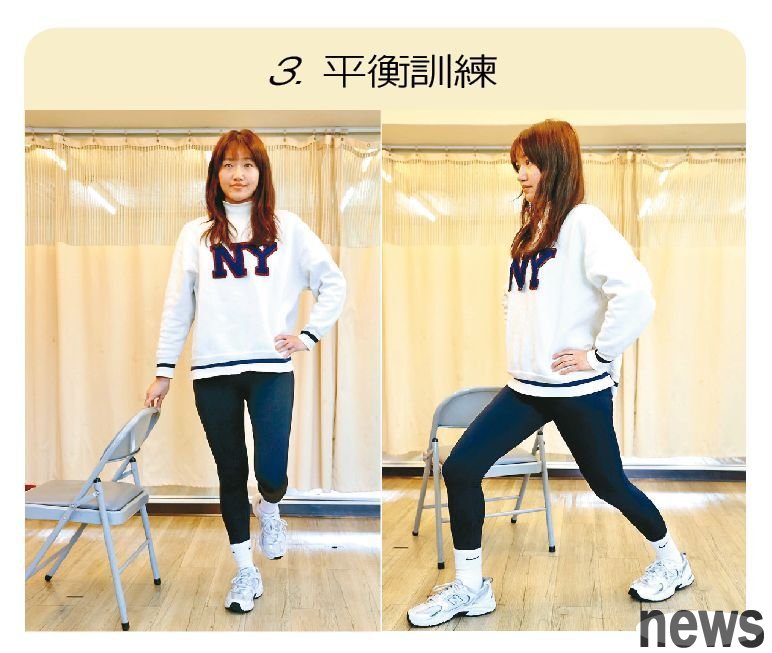
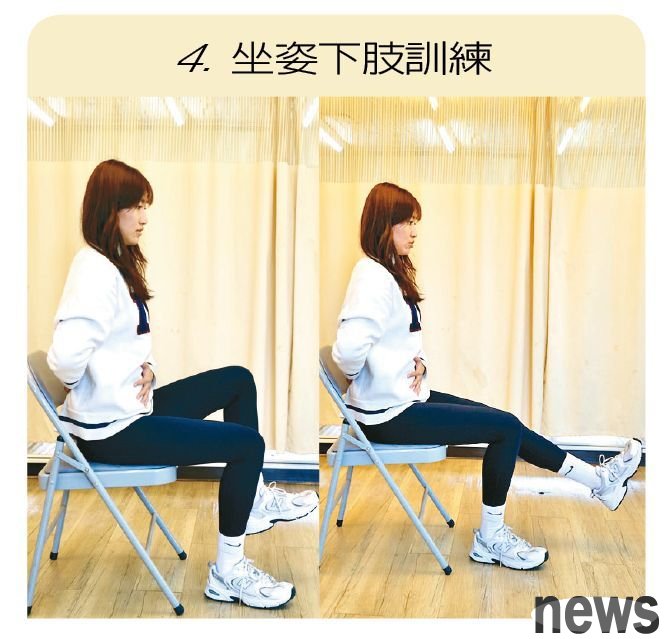
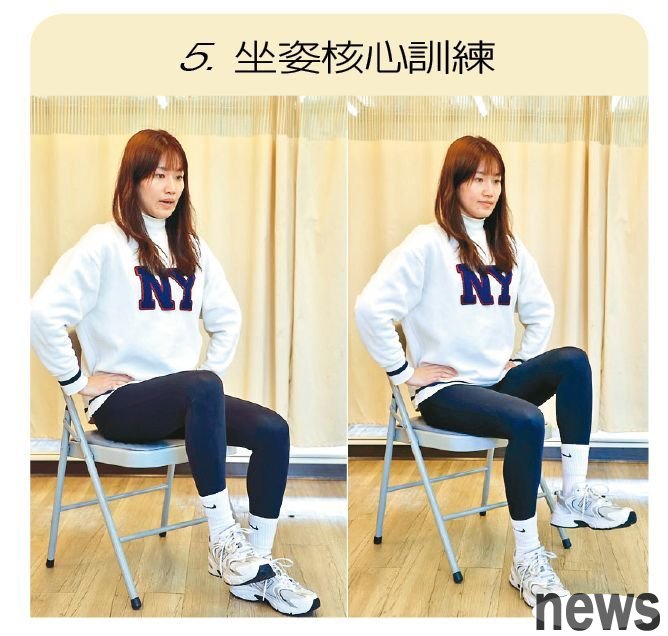
Demonstration/Physical Therapist Qiu Yichuang
Responsible Editor: Gu Zihuan